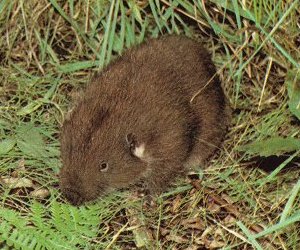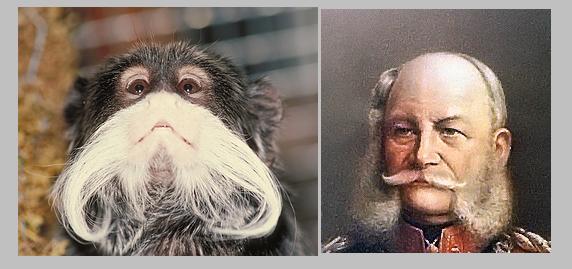Honey Possum
Honey Possum is a tiny nocturnal marsupial (a mammal with a pouch, where females carry the young) that feeds solely on nectar and pollen. They are so almost lightweight and have lifestyles that are very unusual to mammals. So far no fossils of any creature similar to the Honey Possum have been found, making this small animal quite unique.
Honey Possums spend daytime sleeping in a hiding place or between plants. They leave their hiding places at dusk. Their body is very suited for climbing, with their tail being longer than the body, it is a useful tool for maneuvering across branches. The Honey Possum is very small, reaching only 9 cm in length and their weigh being at 11 grams at most, which is little enough for even the tiniest branch to hold. The fur is reddish to gray, while the animal’s underside is usually brighter.
Honey Possum feeds solely on fruit nectar and pollen and uses its long nose and narrow tongue to access deep parts of the flower. Tail is greatly helpful for reaching flowers – no branch ever snaps under the tiny weight of the Honey Possum and they sometimes even hang in their tail over a blossom to suck the nectar out. The animal’s tongue is relatively long, reaching up to 3 cm, which helps feeding even more.
There is no set mating period for the Honey Possums, although most of the young are born in April and May, when the surroundings are rich with food. Gestation period lasts for about one month and two or three younglings are given birth, who live and feed in the mother’s pouch. After approximately eight weeks, they leave the pouch, but are still very dependent on their mother. The mother leaves them in abandoned bird nests or tree cavities and bring them food regularly. Later, they follow their mother and learn to find nectar for themselves. Honey Possums reach sexual maturity in six to seven months, and their lifespan is up to 2 and a half years.
As the Honey Possums only inhabit Southwestern parts of Australia, they don’t have to build shelters as it rarely gets cold in their populated areas. When it does get cold, they organize groups of individuals, that warm each other, thus conserving energy.
As of now, the population of these tiny mammals is not in danger as humans have no economic interest in them whatsoever. They are, however, one of the cutest and most peaceful inhabitants of the Australian forests.





love these little creatures
they are so adorable and who the hell dont love or like them